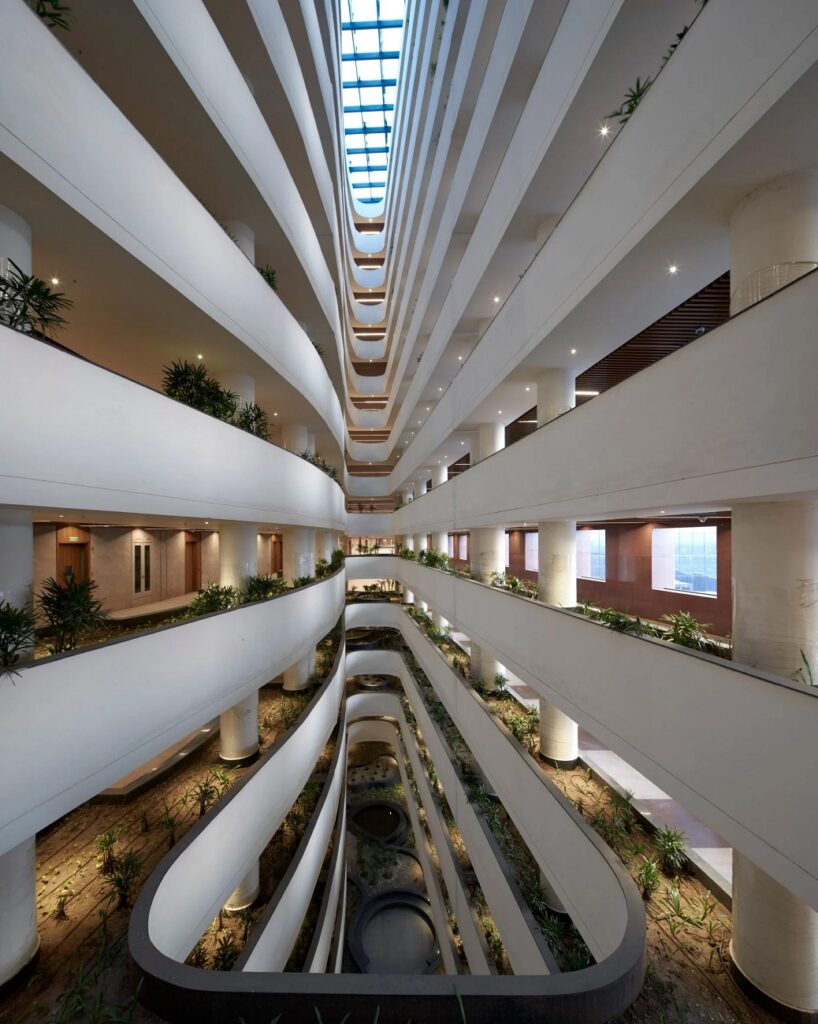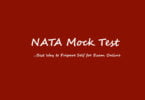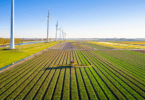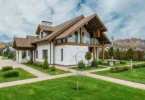A new largest office building design by Morphogenesis is being built that accommodate over 45,000 people for the Surat Diamond Bourse office in Surat, Gujarat, India. At 6.5 million square feet, and housing over 4,000 offices. The office building was designed in a manner to minimize its ecological footprint. Passive design strategies such as day-lit workspaces, natural ventilation, and indoor/outdoor spaces not only make the Surat Diamond office an efficient climate responsive design, but also a key player for achieving aesthetic and comfortable working spaces.
The core concept for the Surat Diamond Bourse was to create an architecture that equips the world’s largest community of diamond traders to empower themselves. Within the wings are 4,717 offices for 45,000 diamond professionals, including cutters, polishers and traders. The offices range in size from 28 square meters to over 10,500 square meters.
Morphogenesis completes world’s largest office building in India

Bringing together 70,000 diamond buyers, makers, and sellers under one roof meant tackling the primary challenge of facilitating efficient daily navigation of the users through the high-security premises.
Inspired by the biological fishbone system of delivery, a linear circulation spine anchors the building, connecting it horizontally and vertically across all levels.
The spine funnels the users’ movement into each office block and flares out at the ends to capture the prevailing winds.
Housing multiple vertical circulation cores within a one-minute radius of each other in the spine ensures that every worker takes at most 7 minutes to reach their office from the point of entry into the site.

Fact File
- Architects – Morphogenesis
- Architect in Charge – Morphogenesis
- Structure – JW Consultants LLP
- MEP – AECOM, Mumbai
- Vertical Transport – TAK Consulting Pvt. Lt
- Traffic – TTEC
- Area – 65000000.0 ft2
- Photographs – Morphogenesis
Building Planning


Landscape, security and traffic management come together to foster a seamless movement of users. The transition between these pedestrian levels and the office environments is made harmoniously through the use of microclimate.
Exploring the potential of adaptive comfort and creating a controlled microclimate helped realize the possibility of using natural ventilation and (protected) open spaces for interactive functions of the program.
Over 40% of the building spaces are naturally ventilated, and a dense vegetation fills both the outside and inside of the building. These decisions not only blur the line between interior and exterior but also creating psychological advantages and improving indoor air quality.


Climate Response Design

Additional climate-responsive design techniques are utilized to combat the hot and humid climate of Surat.
All offices have been designed to face a pure north-south orientation, and a robust building envelope with less than 30% window area, lightweight concrete block construction and using the advantages of thermal mass by natural brick cladding helps bring down the external heat gains.
Other design strategies such as solar control, wind/air movement, and thermal massing are employed to help to achieve cooling loads as low as 1.0W/square feet. The building is also designed to IGBC Platinum standards, features rainwater harvesting, photovoltaic power generation, a gray water system, as well as local construction materials.

The building’s 15-storey wings are oriented north-south to reduce the impact of the harsh western sun. Each of the blocks has fully glazed facades to allow natural light into the giant building.
Set between these wings are courtyards that are largely shaded by the building and are intended to be used as informal trading and meeting spaces.
The courtyards allow all the office spaces to be completely day-lit, they also support the way of life of the traders, including recreational activities and open trading like in a traditional Indian bazaar.
The courtyards are also self-shaded and can thus be used throughout the year.
Building Material

The building’s wings are largely clad with glazing and local Gwalior white sandstone, while the spine is finished with local Lakha red granite.
The choice of the vibrant red colour was a result of a desire to source our materials from within a limited radius. The Lakha red granite used was procured locally from within a 300-kilometre radius, meeting our sustainability criteria. The sun picks up the colour beautifully, giving it a strong visual identity that is iconic yet not overpowering.

Alongside the numerous offices, the building contains a food zone, retail plaza and health club, as well as conference and banquet facilities.
Urban Design

The Surat Diamond Office wanted to foster an environment of social interaction and recreation. A central spine connecting all offices is designed to act as an interactive hub comprising of break-out spaces, green atriums, and visual experiences.
Additionally, courts exist on the eastern side house food courts and other recreational areas to function as incubators for new businesses and create a sense “bazaar culture” within the office complex.
The efficiency of the building also extends into its construction design. The project represents an innovative approach to low-cost architecture designed with maximum spatial efficiency.
Design optimization and simplicity through design modularity diminished project costs to as low as $50/sq ft while still maintaining high standards of environmental sustainability.



Summary
The Surat Diamond Bourse is conceived as an exemplar for integrating high-density commercial architecture with an efficient climate-responsive design. Although its massive footprint, the building was carefully designed and considered to reduce its environmental impact while simultaneously creating a nurturing, comfortable environment for its workers. This morphogenesis masterpiece is setting new benchmarks for global developments of this scale.







[…] Owning construction equipment requires substantial storage space, which can be challenging, particularly in urban areas where space is limited and expensive. Equipment rental eliminates the need for significant storage facilities, freeing up valuable space that can be utilized for other essential aspects of the construction business. […]